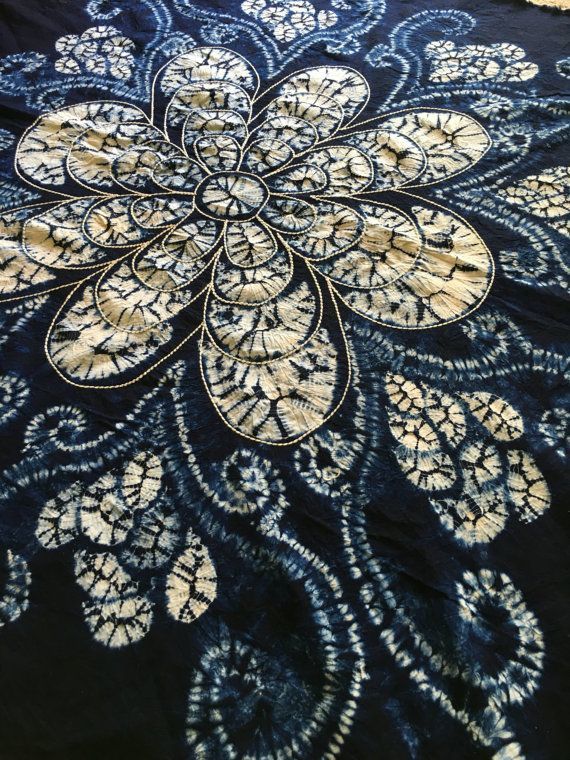Japanese style quilting
I have often been intrigued by the art and textiles of the Japanese culture. I have experimented in the past with dying textiles and with various block printing and/or ink resist techniques.
In Japan, they use a form of dyeing using stitching as a resist medium. It is fascinating and organic. It also provides for results that are occasionally surprising. In spite of the structured and formal nature of the pattern, the stitching and dying process provide for an unexpected or natural element to the process. I think that is what intrigues me the most. The ‘happy accidents’ that can occur during the process.
While it is not particularly quick and is a rather involved process, it is satisfying in the end, when the fabric is unstitched, dried and laid out the pattern is revealed.
The overall technique is called ‘shibori’. and there are several distinct forms of it using various names. Traditionally it is done on silk or cotton and involves preparing the fabric to be treated. The fabric is then stitched with the desired pattern, and the threads are pulled to create compacted areas where the dye cannot reach. In effect, a reverse or negative space technique. The fabric is then dyed in the method and format required for the type of dye used. Some is chemical, some natural, some a mixture of both. The result is unknown until the stitching is removed and the fabric washed.

The photo above is an example (not mine)
One of the unique aspects of the process is that the fabric, unless significantly treated otherwise, will retain the folds, creases and texture used in the stitching process. It results in an interesting pattern with a texture highlighting the colours used in the process.
Some of the fabrics are quite stunning, some are much more subtle. Overall though, an interesting, if involved, process to create more textile art.
WB